6 national parks worth the trek in the winter
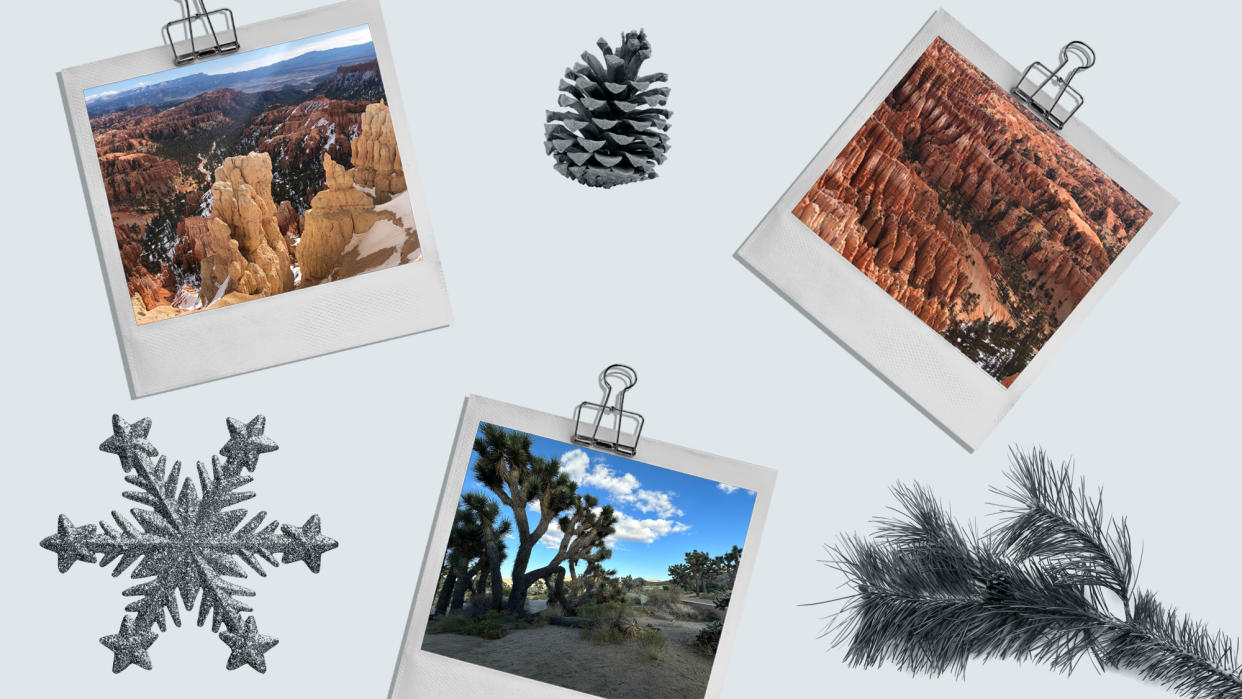
The national parks are always busy in the summer, when kids are out of school and the weather is optimal for enjoying the great outdoors. The crowds die down come winter. But, from snowshoeing to stargazing, there remains so much to see and do in many of the parks during the colder months. These six national parks are ideal for winter wanderings.
Bryce Canyon National Park in Utah
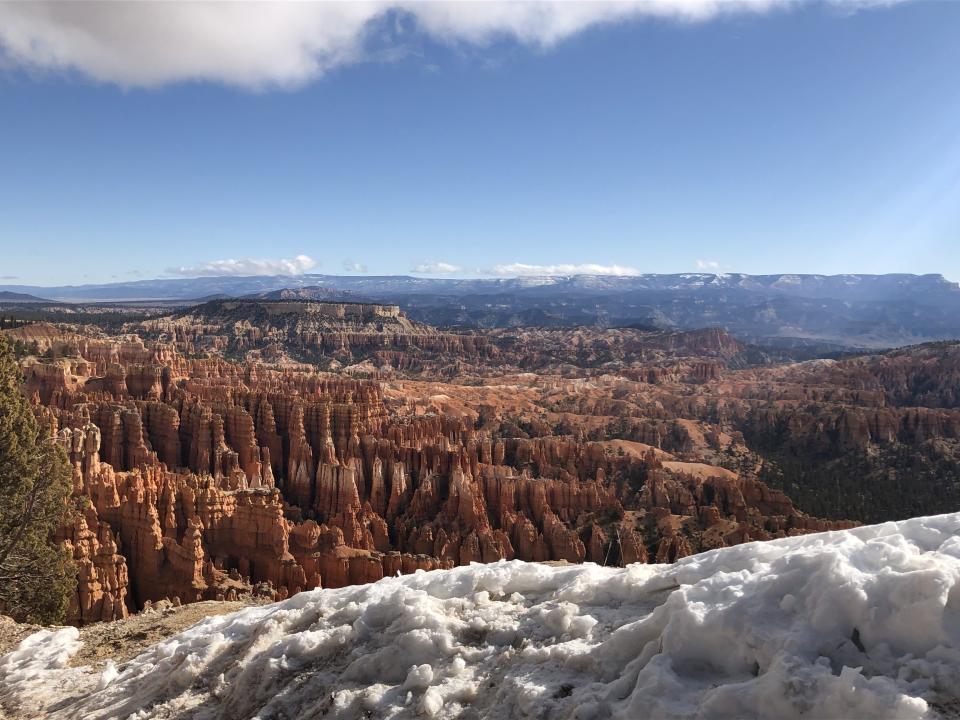
A palpable shift happens at Bryce Canyon National Park during the winter. When there is snow, visitors begin cross-country skiing and snowshoeing, and the deep-red hoodoos pop even more against the white backdrop. Every winter, the park, which is celebrating its 100th anniversary in 2023, holds a Christmas Bird Count, with the public signing up to participate. Depending on your comfort level, you can hike out to count birds or simply drive to designated spots. The resulting data from the Bird Count is used by the National Audubon Society to keep track of changes to bird populations. This year's event is at 8 a.m. on Saturday, Dec. 16.
Joshua Tree National Park in California
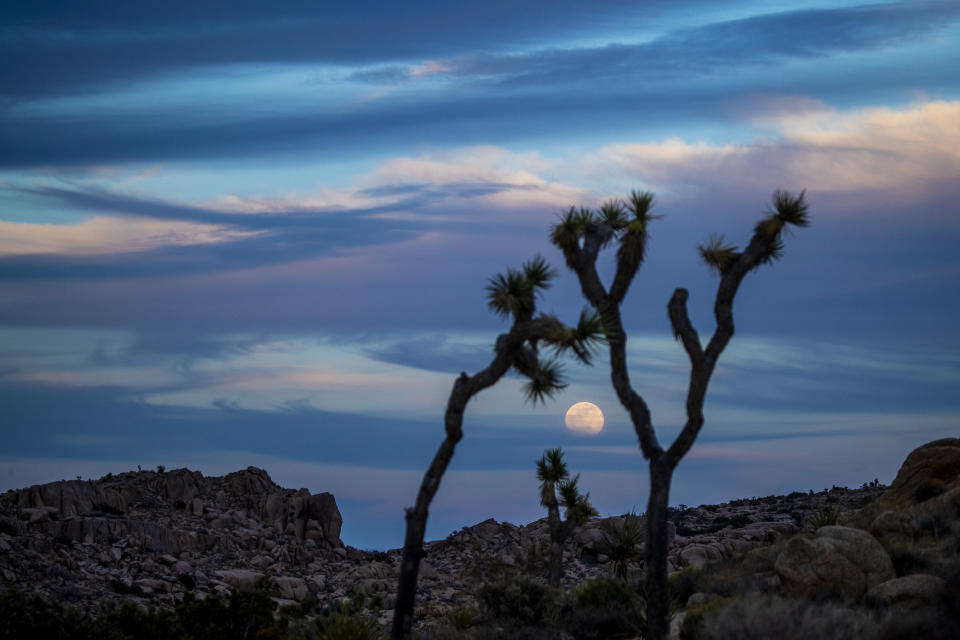
At Joshua Tree National Park, the sweltering summers give way to milder falls and winters, and visitors regularly spend hours hiking and climbing in the cooler temperatures. The park comprises the Mojave and Colorado desert ecosystems and is home to wildlife like coyotes, kangaroo rats, bighorn sheep and desert tortoises, and flora like the famed spiky Joshua trees. There are also giant rock formations, with more than 8,000 climbing routes that work for beginners up to experts, and as an International Dark Sky Park, the park is an ideal place for stargazing. Keep in mind that during the winter the temperatures can drop to freezing at nightfall. Remember: It might be winter, but it's still important to bring a lot of water when you hike.
Carlsbad Caverns National Park in New Mexico
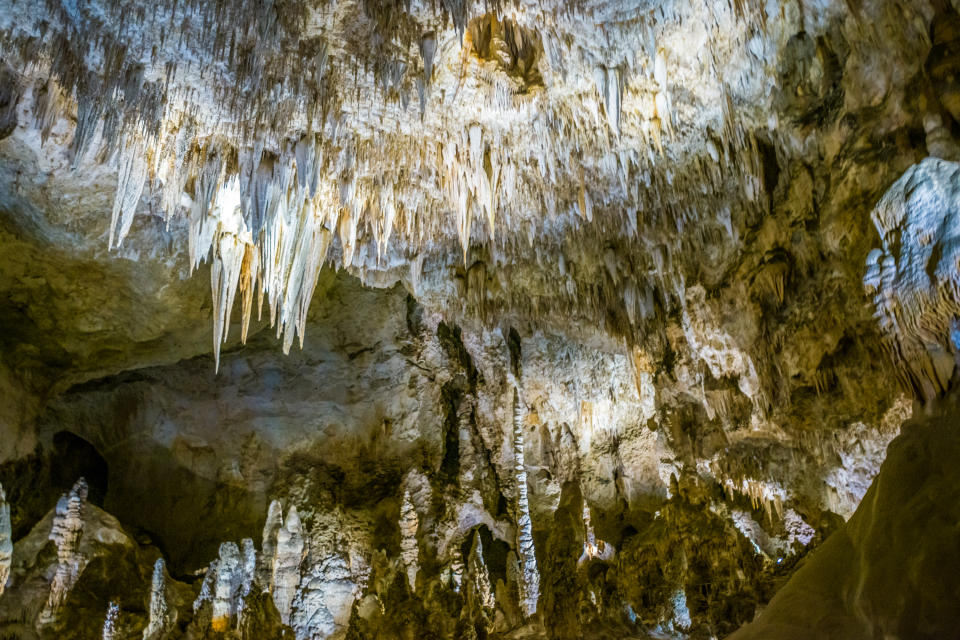
At least one thing in life is certain: When you visit the Carlsbad Cavern, it will be 56 degrees Fahrenheit inside. That's always the temperature in the show cave at Carlsbad Caverns National Park, which makes it easier to plan a less-wintry winter trip here. Visitors can walk in the cave on their own, or take the guided King's Palace tour and have a ranger take you through four chambers and point out formations like helictites, columns, soda straws and draperies. The park also has 120 discovered caves, which are home to at least 17 different bat species.
Everglades National Park in Florida
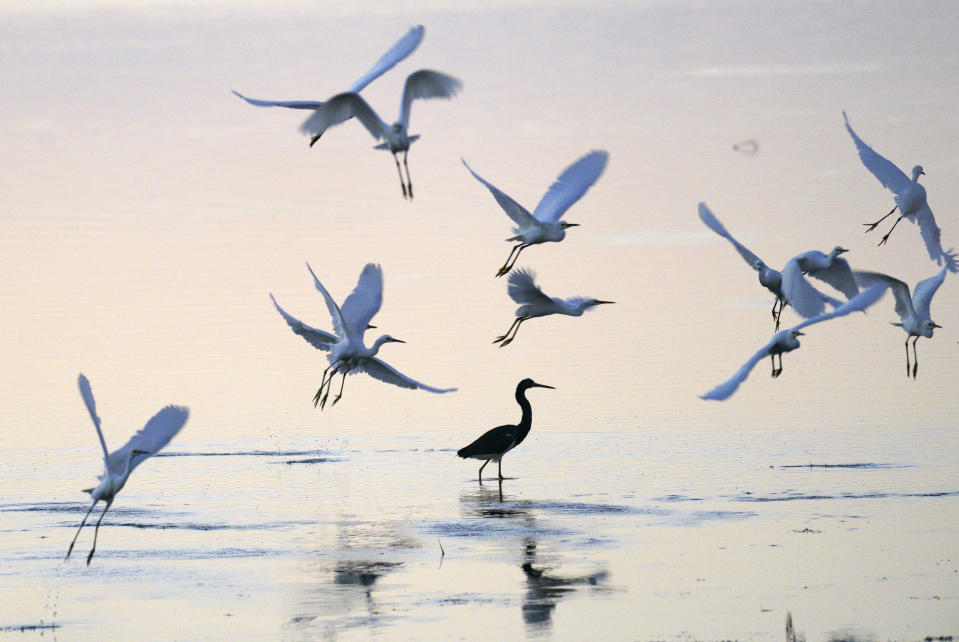
It's a wildlife bonanza in the Everglades National Park during the winter, when animals can be found gathering around the remaining central water holes and mosquitos and biting flies are practically non-existent. The park's dry period is usually November through April, and during this time visitors have a better chance of spotting American alligators and crocodiles, manatees, loggerhead turtles, white-tailed deer and otters. While the wildlife is a draw, so is the opportunity to walk through and explore several ecosystems across the 1.5 million-acre park, including mangrove, freshwater sloughs, cypress, coastal lowlands and estuarine.
Saguaro National Park in Arizona
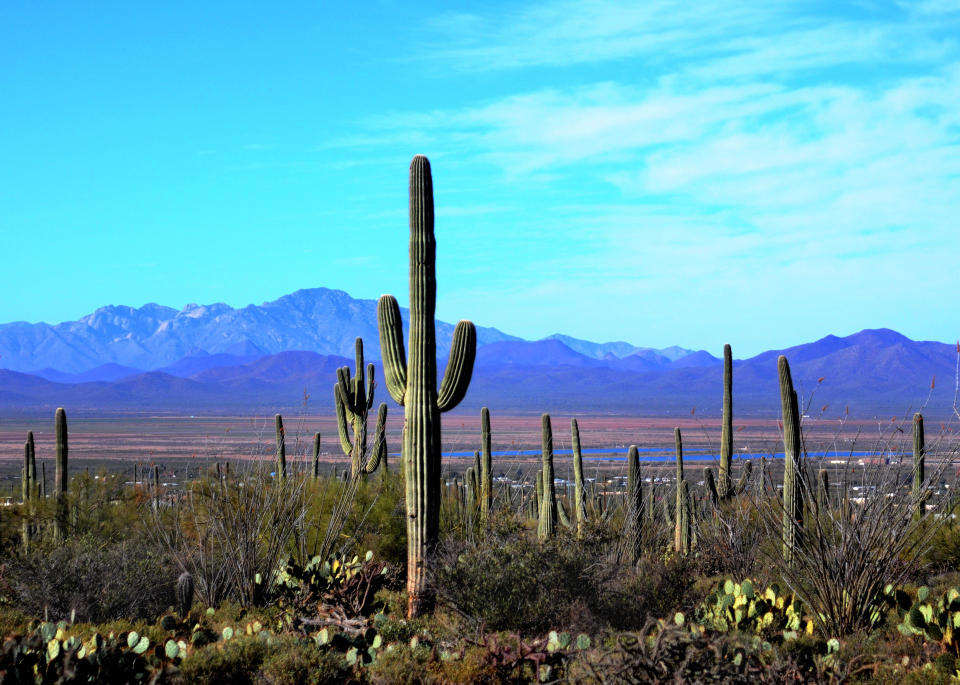
The saguaro is one of the quintessential symbols of the Southwest, and this cactus is spread as far as the eye can see at its namesake national park near Tucson. There are two districts in the park — the Rincon Mountain District and Tucson Mountain District — and visitors can go biking, hiking and even horseback riding along designated trails. Park activities ramp up in the winter, and visitors can go on guided walks with park rangers or listen to talks like Living with Giants, featuring a biologist who discusses the life cycle of a saguaro and how it stands up to high temperatures, drought, lightning and frost.
Mount Rainier National Park in Washington
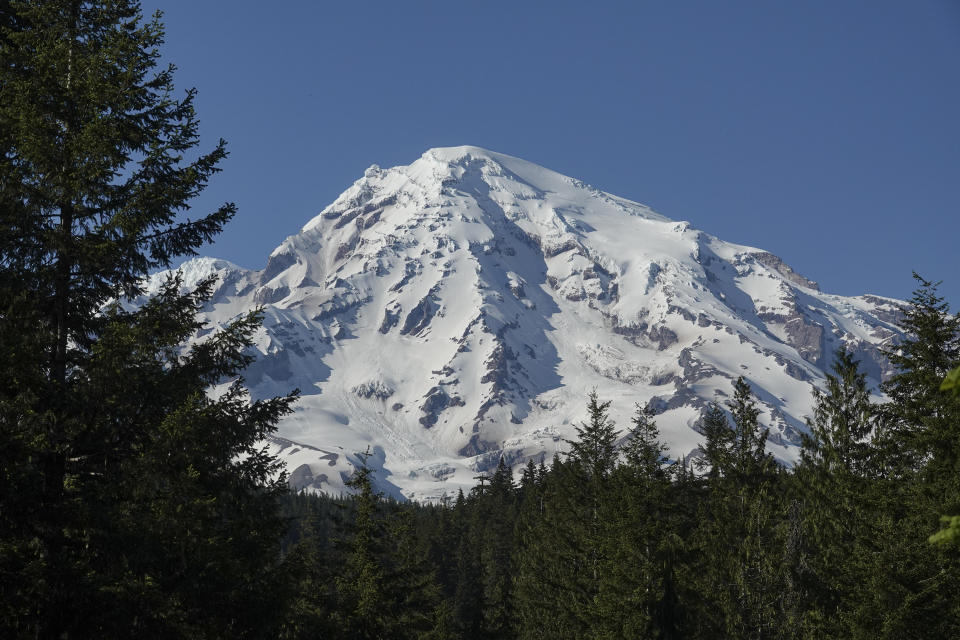
It's not exactly easy entering Mount Rainier National Park in the winter, but it's worth the maneuvering. During the winter, there are just two ways to get into the park (the Nisqually and Carbon River entrances), and visitors are cautioned to take their time on the icy roads and prepare well for activities like snowshoeing and snowboarding by bringing proper clothing and accessories. Several parts of the park are closed during the winter. But Longmire is open year-round, and visitors can walk on the short Trail of the Shadows to see mineral springs and stop by the National Park Inn for afternoon tea served with great views of Mount Rainier.
Before going to any national park, check the current weather conditions and to see if any areas are out of service or undergoing maintenance.

